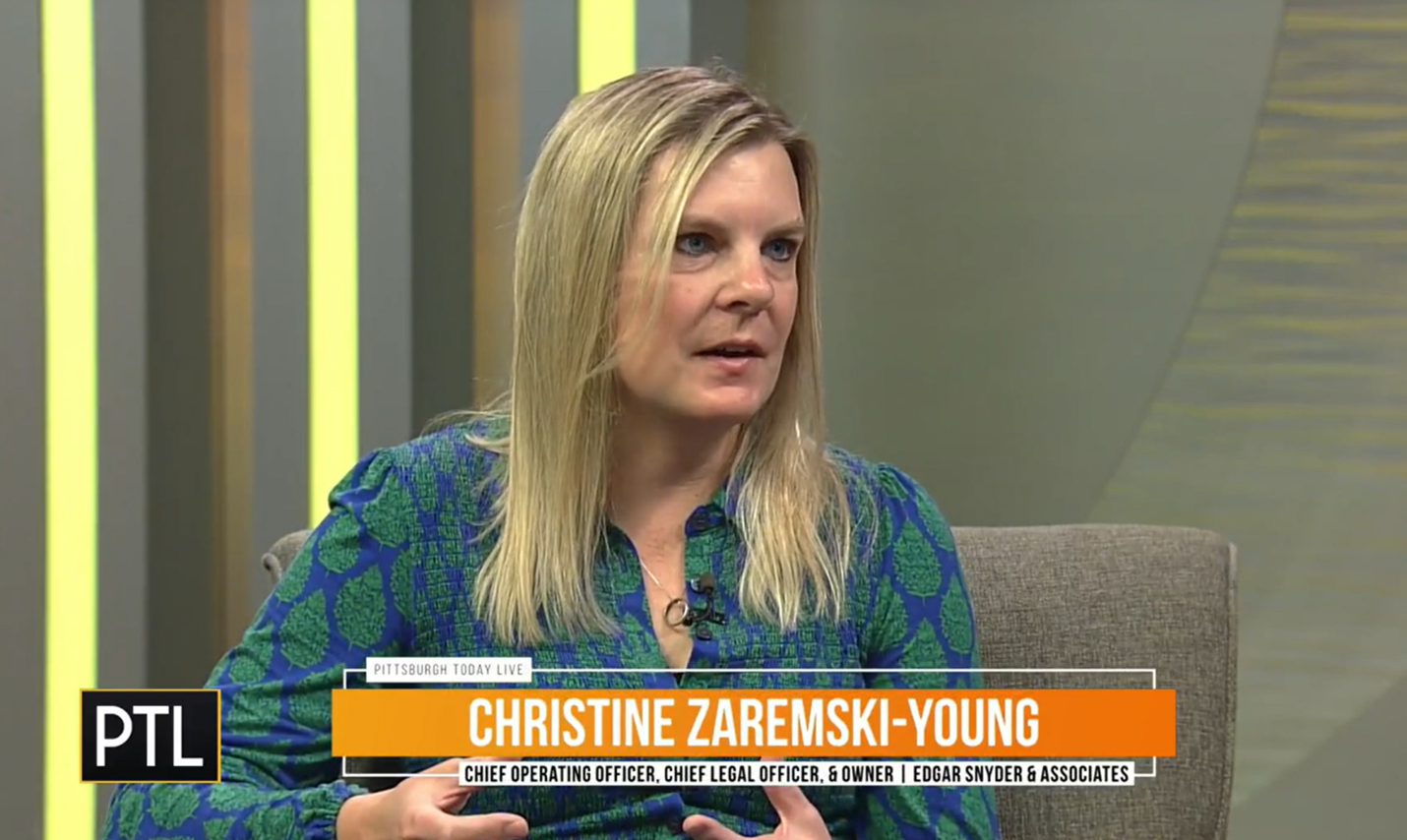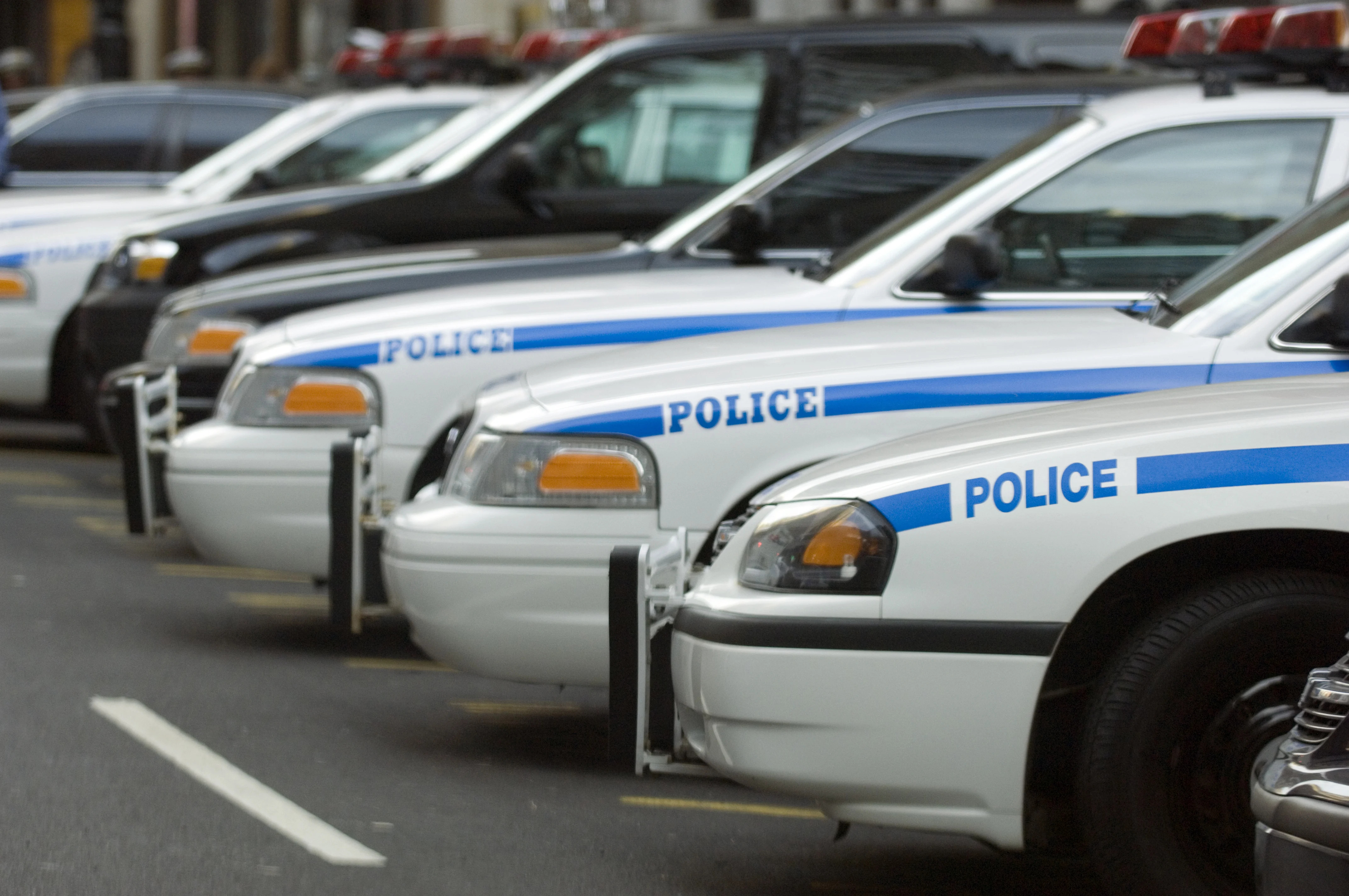Paul Miller’s Law and Distracted Driving in Pennsylvania
Distracted Driving in Pennsylvania
Taking your eyes off the road at any point in time can have grave consequences. Around 3,000 people die in accidents involving a distracted driver each year. No one ever thinks that reaching for your phone for a split second could cause someone severe injury or the loss of their life, yet the death toll ticks up year by year. The state of Pennsylvania has introduced a new texting and driving law known as “Paul Miller’s Law,” also referred to as the “Distracted Driving Law” that will ban the use of hand-held devices while driving in an attempt to keep those on the road safer. Read on to find out all the information that you need to know before the law goes into effect on June 5, 2025.
What is Paul Miller’s Law?
According to Paul Miller’s Law, distracted driving is using any interactive mobile device for the purpose of texting, voice communication, emailing, internet browsing, recording, playing mobile games, etc. while operating a motor vehicle on the road or highway, even when the vehicle is temporarily stationary due to traffic or traffic control (stop signs, traffic lights).
If interacting with a mobile device requires the driver to use at least one hand to hold or support the device with another part of the body, dial or answer the device by pressing more than a single button, or reach for the device in a way that requires a driver to maneuver so that the driver is no longer in a seated driving position then it is considered distracted driving.
What are the Penalties for Violating This Law?
Under this law, police can stop a motor vehicle if the driver is holding a mobile device in their hand while driving. For the first 12 months of this law going into effect, this law is a primary offense, and the penalty will be a written warning. However, starting next year on June 5, 2026, the penalty will include a $50 fine and other fees like court costs. In addition, if the driver of a motor vehicle is convicted of homicide while distracted driving, they can face an additional five years in prison.
Primary vs. Secondary Traffic Offenses
Violations are typically categorized as either primary or secondary offenses. According to Personal Injury attorney Nicholas Katko, “a primary offense is one for which a driver can be pulled over solely based on the violation itself—for example, speeding, running a red light, or a violation of the Paul Miller Law. In contrast, a secondary offense cannot be the sole reason for a traffic stop. Instead, a citation may only be given if the driver has already been pulled over for a primary offense. Common examples of secondary offenses include a broken taillight or failing to wear a seatbelt. While these infractions alone won’t trigger a stop, they can still result in a citation if discovered during a lawful traffic stop for another reason.”
Are There Exceptions?
If a driver moves the vehicle to the side of the road or off a highway and parks the car, the operator of the motor vehicle can use their cellular device. Paul Miller’s Law allows for emergency usage of a mobile device if it is necessary to communicate with law enforcement or other emergency services to prevent injury to individuals or property.
Contact Edgar Snyder & Associates for Your Free Consultation Today
Edgar Snyder & Associates encourages all drivers and passengers to be safe when traveling and to drive with caution on the road. However, if you or a loved one falls victim to a distracted driving accident, give us a call today for a free consultation. We are open 24/7, so we are always here when you need us.
.svg)





.webp)